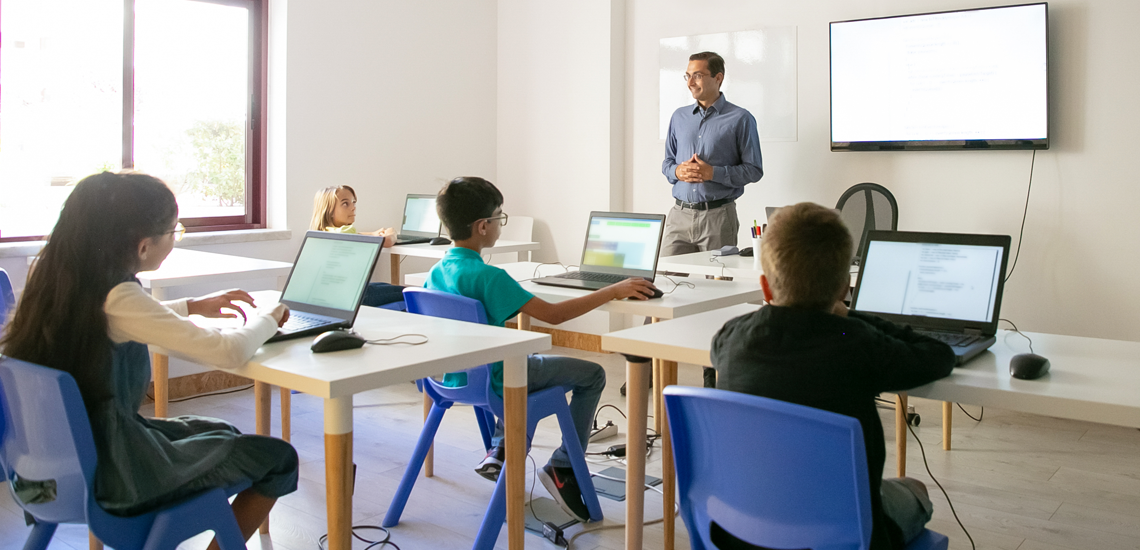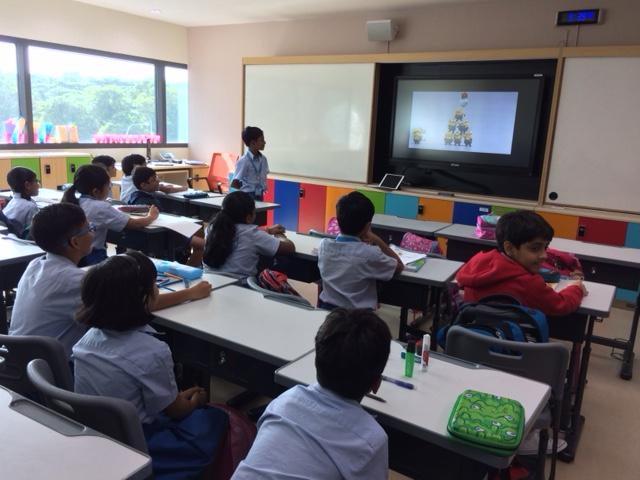The Shifting Landscape of Education
For decades, the traditional classroom—with its rows of desks, chalkboards, and textbooks—has been the cornerstone of education. However, the rapid advancements in technology are fundamentally reshaping how we learn and teach. Digital classrooms are no longer a futuristic fantasy; they’re becoming the present, offering a dynamic and engaging learning experience unlike anything that came before. This shift is driven by a desire for more personalized learning, increased accessibility, and the need to prepare students for a technology-driven world.
Immersive Learning Experiences: Beyond the Textbook
Digital classrooms leverage technology to create immersive and interactive learning environments. Imagine students exploring ancient Rome through virtual reality (VR), dissecting a frog in augmented reality (AR), or collaborating on a project using interactive whiteboards. These tools move beyond passive learning, encouraging active participation and deeper understanding. Interactive simulations, 3D models, and gamified learning platforms cater to diverse learning styles, making education more engaging and effective for all students.

Personalized Learning Paths: Catering to Individual Needs
One of the most significant advantages of digital classrooms is their ability to personalize the learning experience. Adaptive learning platforms analyze a student’s strengths and weaknesses, adjusting the curriculum and pace accordingly. This means that students who grasp concepts quickly can move ahead at their own speed, while those who need extra support receive targeted assistance. This personalized approach fosters individual growth and ensures that every student reaches their full potential, regardless of their learning style or pace.
Enhanced Accessibility and Inclusivity
Digital classrooms can significantly improve accessibility for students with disabilities. Assistive technologies, such as text-to-speech software, screen readers, and adjustable font sizes, can help students with visual or auditory impairments participate fully in the learning process. Online platforms also eliminate geographical barriers, allowing students in remote areas or those with mobility challenges to access quality education. This increased inclusivity ensures that education becomes accessible to a wider range of learners.
Collaboration and Communication: Building a Connected Classroom
Digital tools facilitate seamless collaboration and communication among students and teachers. Online forums, collaborative document editing tools, and video conferencing platforms allow for real-time interaction, regardless of location. Students can work together on projects, share ideas, and receive instant feedback from teachers and peers. This collaborative learning environment fosters critical thinking, problem-solving skills, and communication abilities—essential skills for success in the 21st century.
Data-Driven Insights: Measuring Progress and Improving Outcomes
digital classrooms generate valuable data on student performance, allowing educators to track progress, identify areas needing improvement, and tailor their teaching strategies accordingly. Learning analytics can reveal individual student strengths and weaknesses, helping teachers provide targeted support and interventions. This data-driven approach ensures that educational resources are used effectively and that students receive the support they need to succeed.
The Role of Educators: Shifting from Lecturer to Facilitator
The transition to digital classrooms requires a shift in the role of educators. Instead of being solely lecturers, teachers become facilitators, guiding students through their learning journey and providing support as needed. They need to be proficient in using technology and adapting their teaching methods to suit the digital environment. Professional development opportunities are crucial to equip educators with the skills and knowledge necessary to navigate this evolving landscape.
Addressing Challenges and Concerns: Overcoming the Hurdles
While the benefits of digital classrooms are substantial, challenges remain. The digital divide, ensuring equitable access to technology and internet connectivity for all students, is a major concern. Teacher training, digital literacy, and the need for robust technical infrastructure are also critical considerations. Addressing these challenges requires a collaborative effort from educators, policymakers, and technology providers to ensure a smooth and equitable transition.
The Future of Learning: A Hybrid Approach
The future of learning is likely to be a blend of traditional and digital approaches, creating a hybrid model that leverages the strengths of both. This means integrating technology seamlessly into the classroom while retaining the human connection and social interaction that are crucial for effective learning. By embracing innovation and addressing the challenges proactively, we can unlock the full potential of digital classrooms and create a more engaging, personalized, and accessible learning experience for all.
